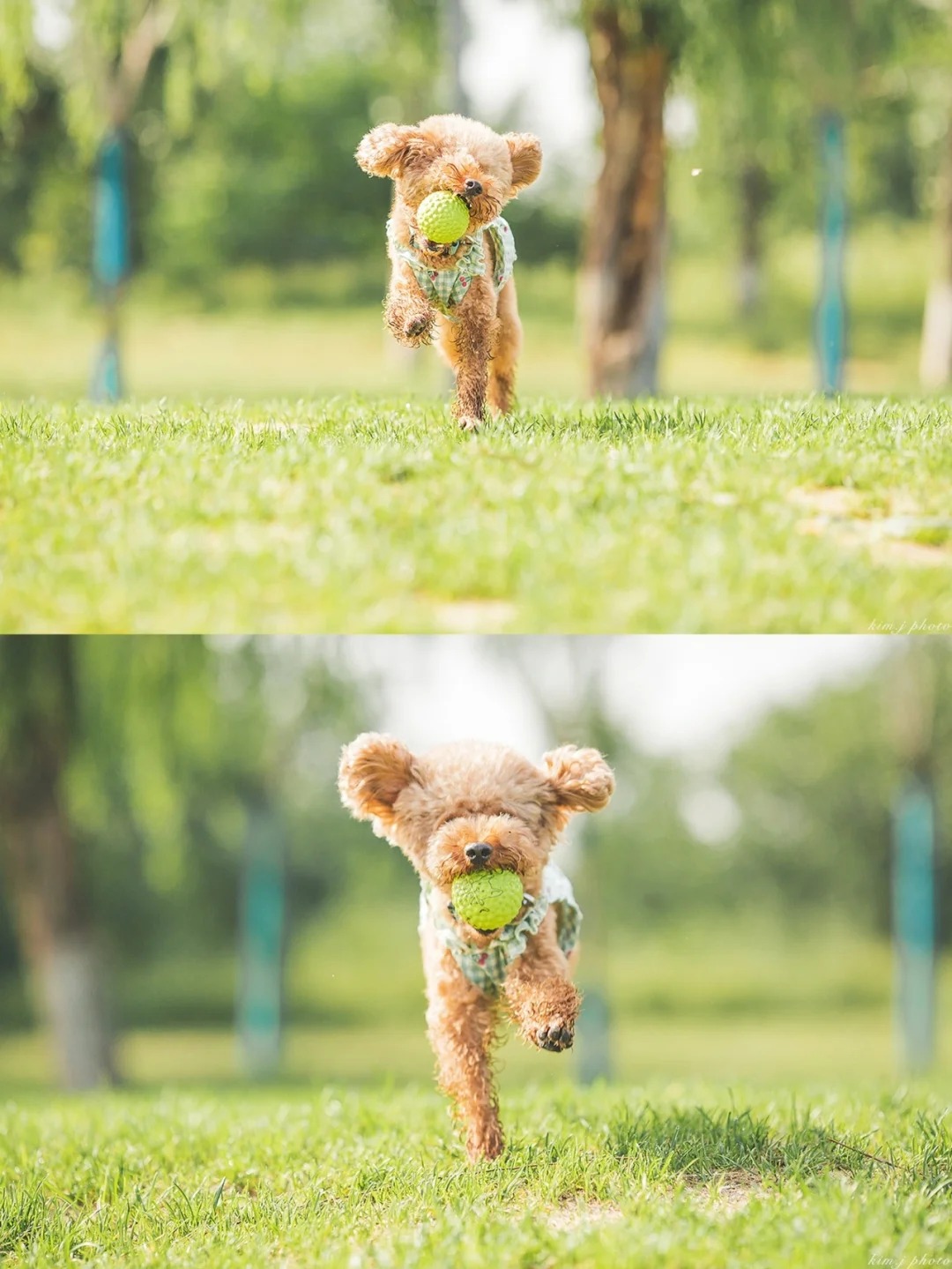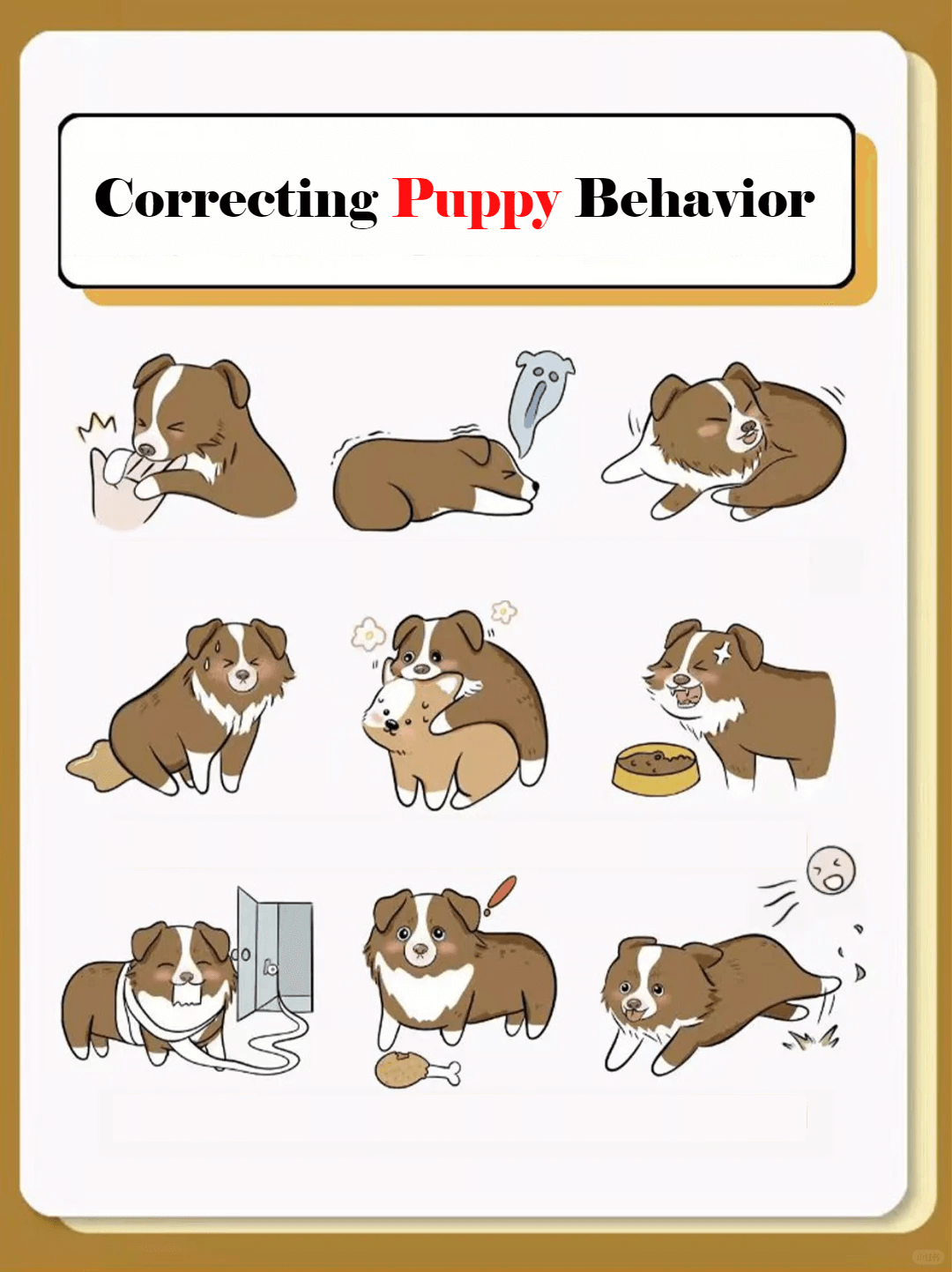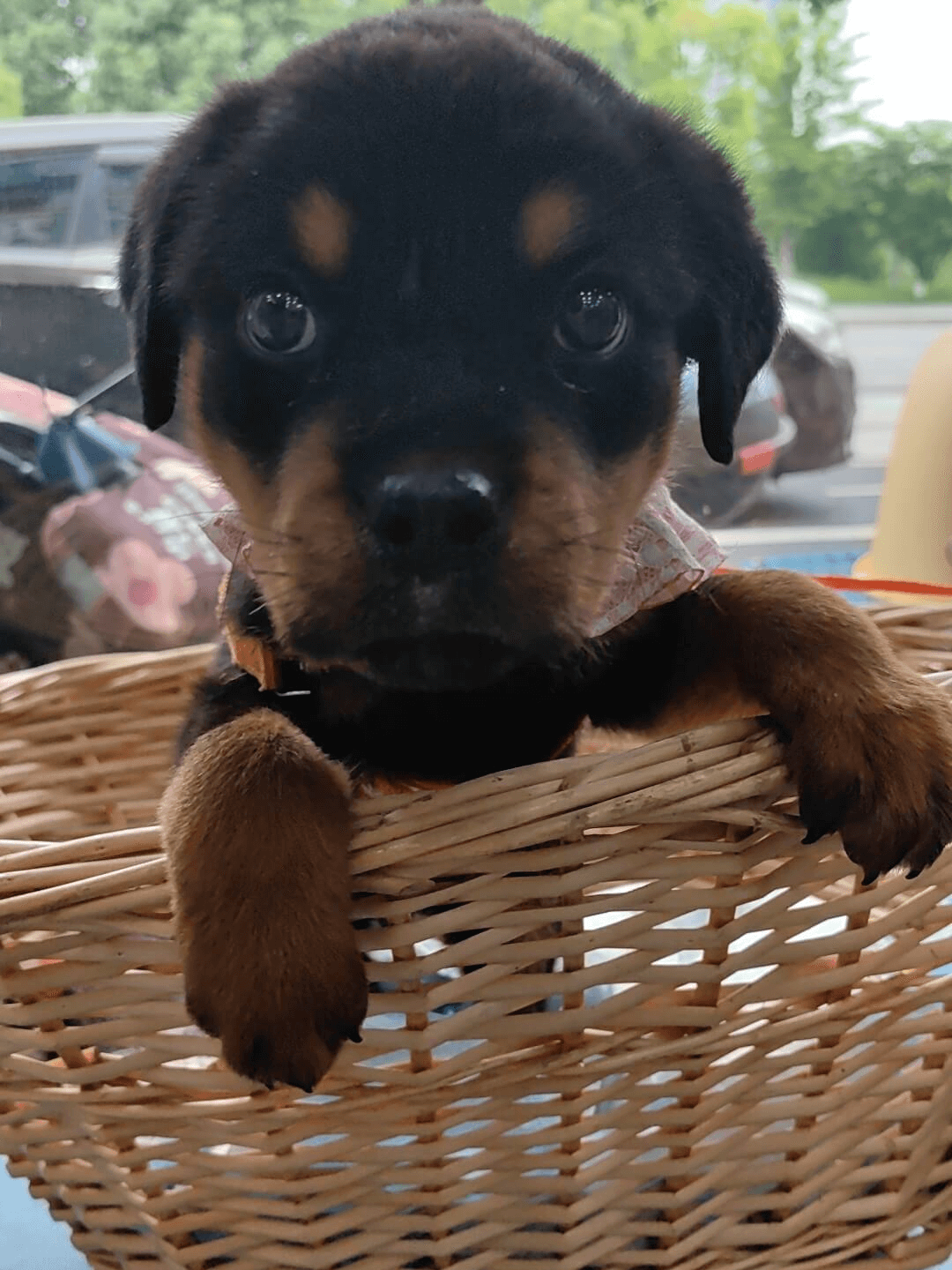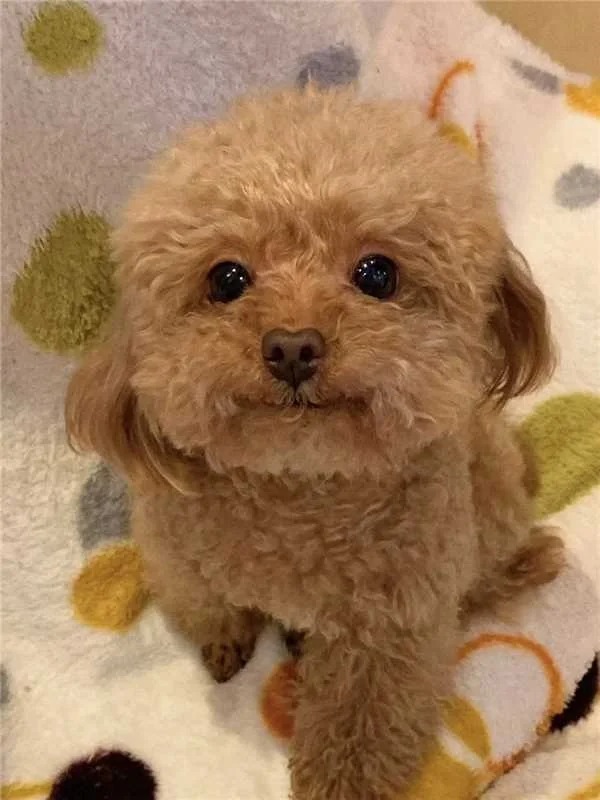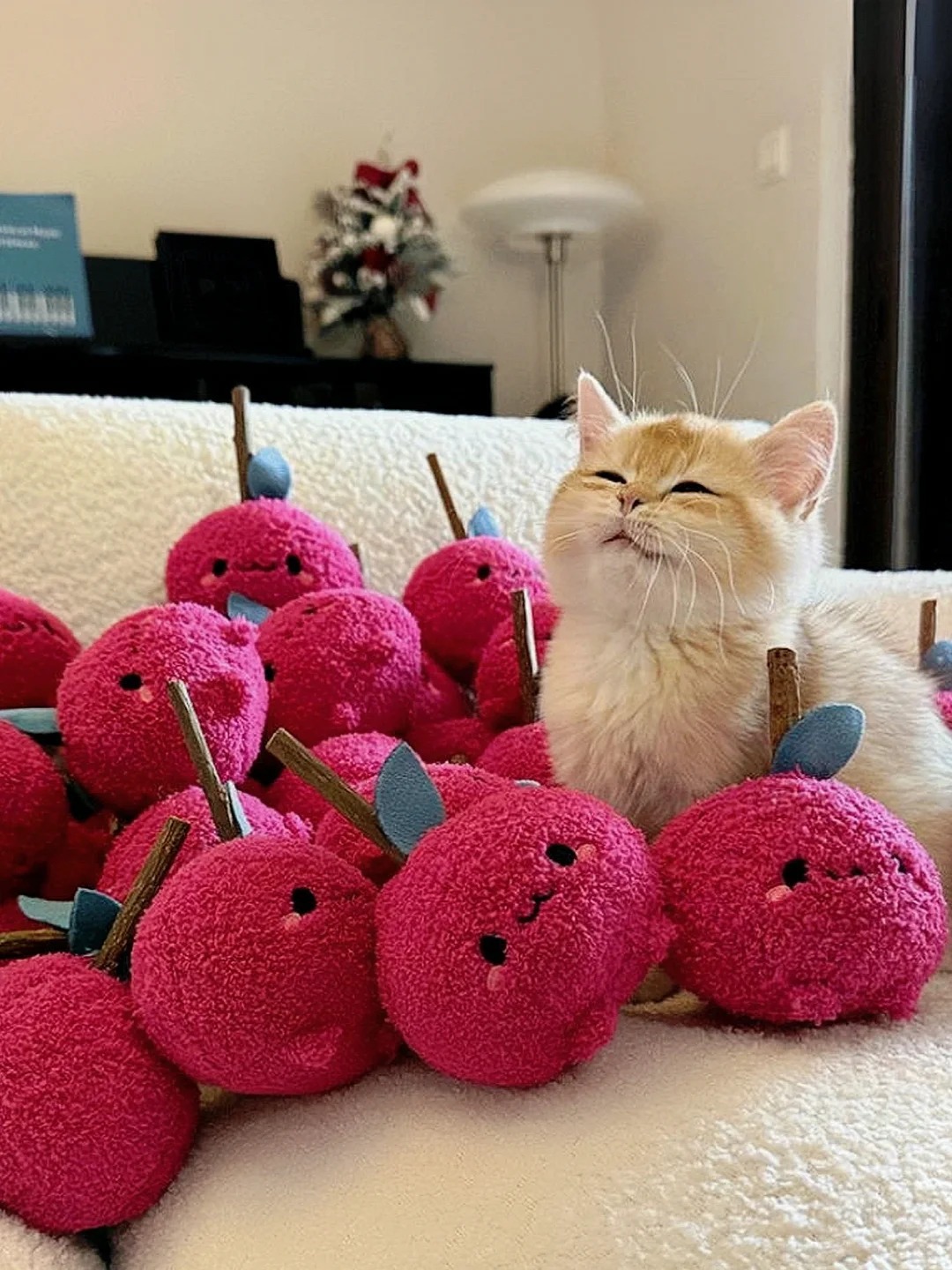**Training Your Dog to Retrieve: A Comprehensive Guide**
Many parents find it challenging to train their dogs to retrieve. Dogs may not bring the toy back after it's thrown, or they may bring it back but not release it promptly. Some even guard the toy during training.
This article details specific training methods and how to prevent toy guarding behavior.
⚠️**Training Tips**
1️⃣ This skill requires a lot of patience from the owner. Each step must be repeated multiple times before the dog understands. Be prepared for many failures.
2️⃣ With diligent training, a week is usually enough for a dog to learn. Owners should not rush the process and must not give up.
3️⃣ Some dogs may be particularly fond of a specific toy. Prepare two identical toys for interaction. Use Toy A to exchange for Toy B to correct toy guarding behavior.
-
✅**Training Methods**
🟡**Step 1: Establish a Basic Reward Mechanism**
· Prepare a toy that your dog loves. Touch the toy to its nose, then immediately give a reward.
(Small dogs can use small, easy-to-bite items as a substitute for toys)
🟡**Step 2: Encourage Voluntary Attempts**
· Place the toy in front of the dog and encourage it to touch the toy with its nose. Reward it each time it touches the toy.
🟡**Step 3: Shape the Dog's Behavior Model**
⚠️ If the dog has low prey drive and can pick up the toy on its own, you can skip this step.
· Try to open the dog's mouth and place the toy inside.
· This step is crucial. Some dogs will immediately drop the toy. You need to assist with both hands to help the dog hold the toy in its mouth for 3 seconds.
⚠️ This step is challenging and requires repeated training until the dog stops dropping the toy.
🟡**Step 4: Introduce Commands and Start Interaction**
· When the dog takes the toy into its mouth, say "release" while extending your hand to receive it after 3 seconds. Reward the dog each time it performs correctly.
· As the dog becomes proficient, gradually lower the height of the toy, encouraging the dog to pick it up on its own until it can do so from the ground.
⚠️ This step requires repeated practice.
🟡**Step 5: Small-Scale Retrieval Training**
· Try throwing the toy a short distance and encourage the dog to pick it up. Immediately extend your hand to receive it.
· Initially, you can actively retrieve the toy yourself and reward the dog after taking it.
· As the dog masters this, you can throw the toy further each time. The training is successful when the dog consistently returns the toy to your hand.
🟡**Step 6: Large-Scale Generalization Training**
· Once the dog masters small-scale retrieval, you can replace the toy with different items for further training.
· Gradually increase the training area, starting indoors and eventually moving outdoors. Proper training will quickly exhaust your dog's energy.
Training a single skill in a puppy is not difficult. What’s more important in pet-raising is establishing a positive communication and feedback mode. Training your puppy through encouragement and guidance will yield better results.❤️
#DogTraining
#DogDaily
#MyCutePet
#DogDiary
